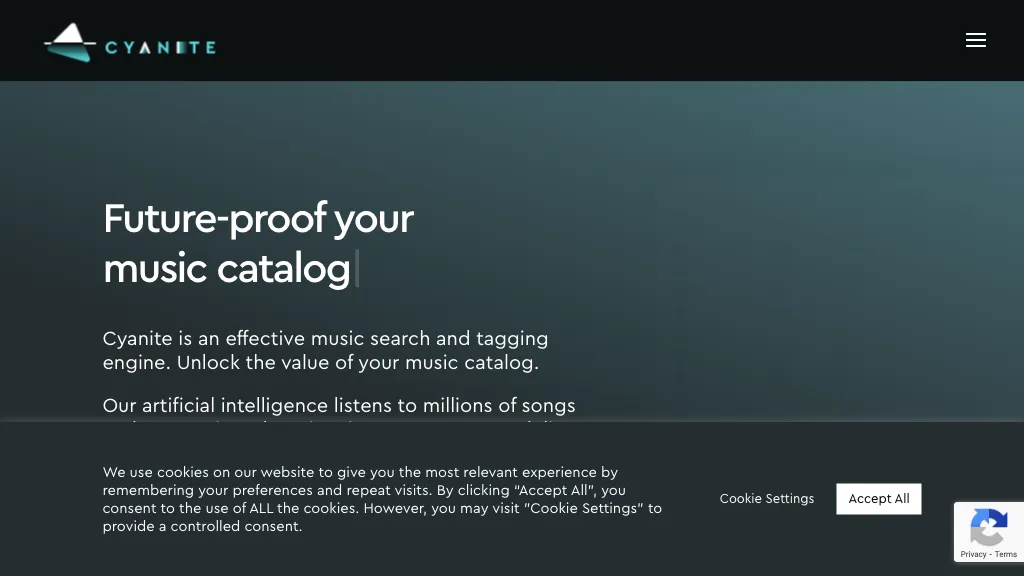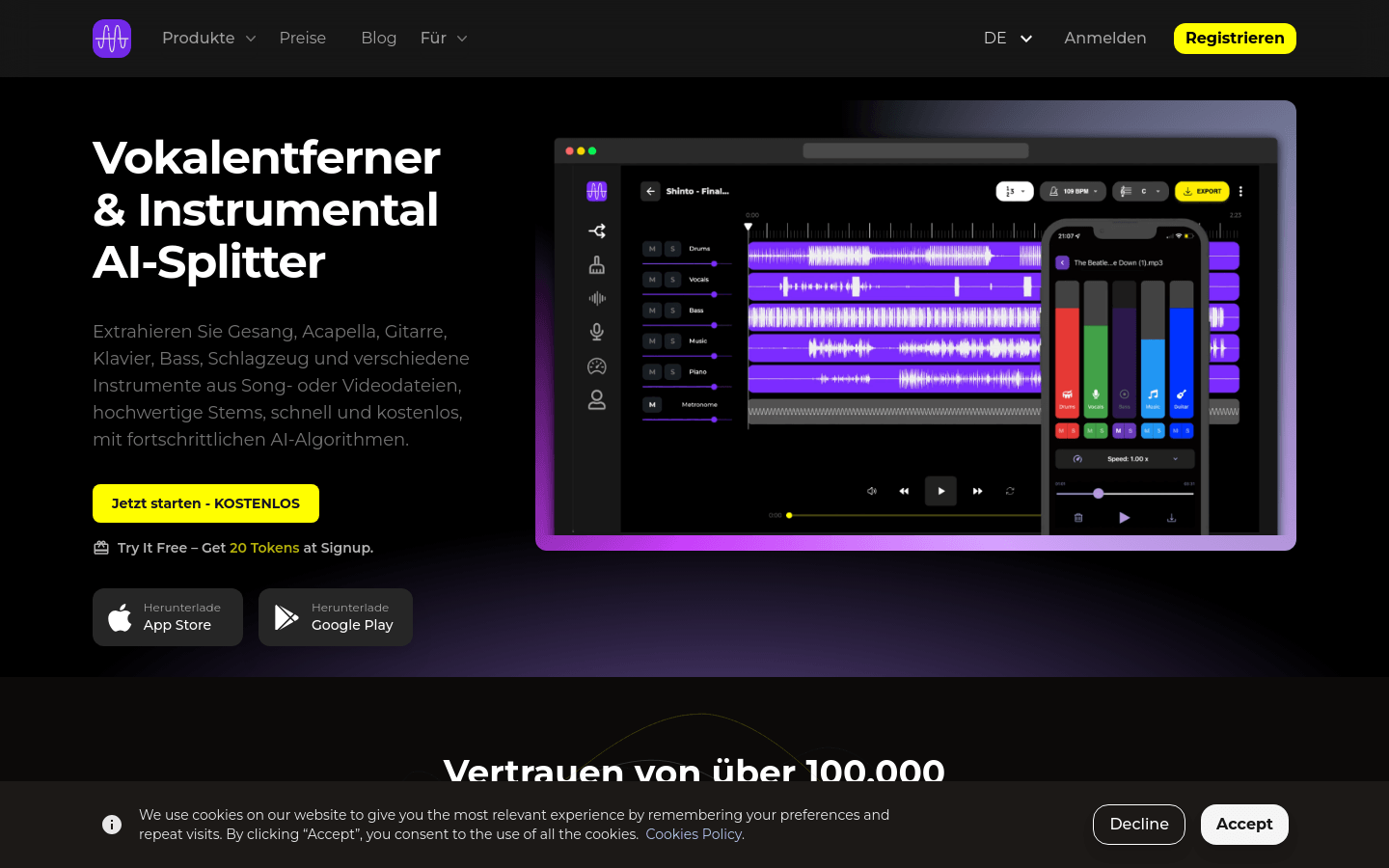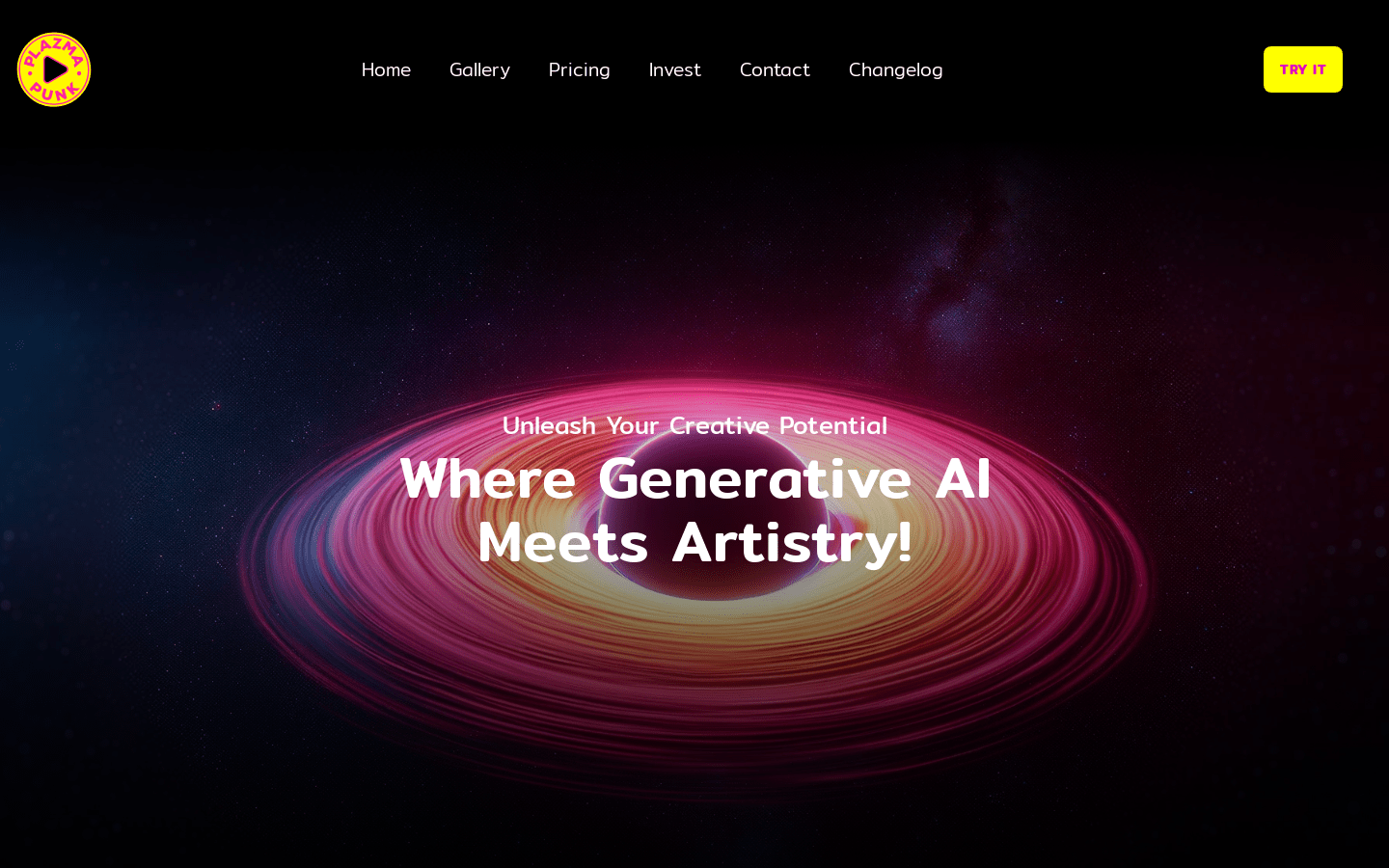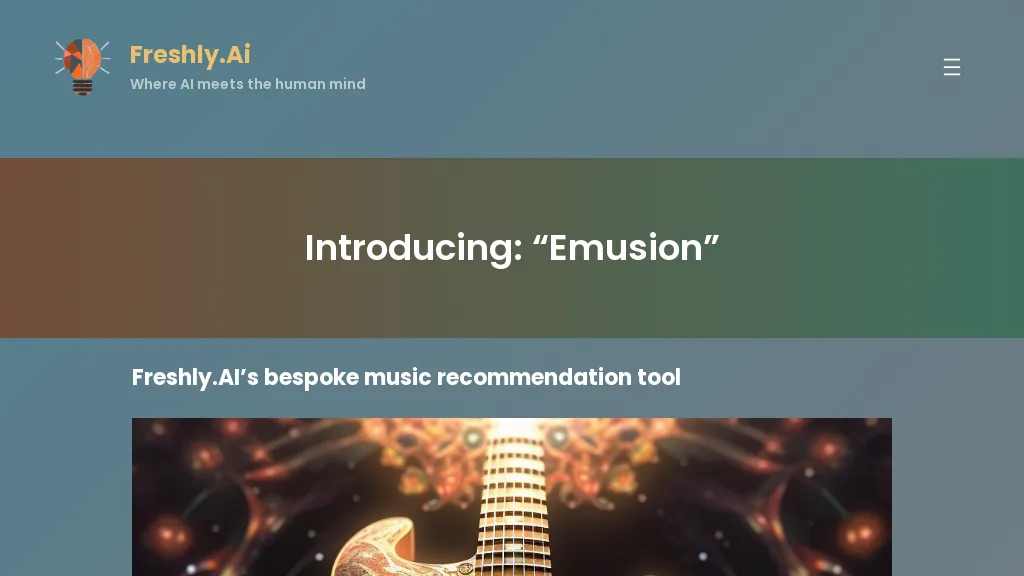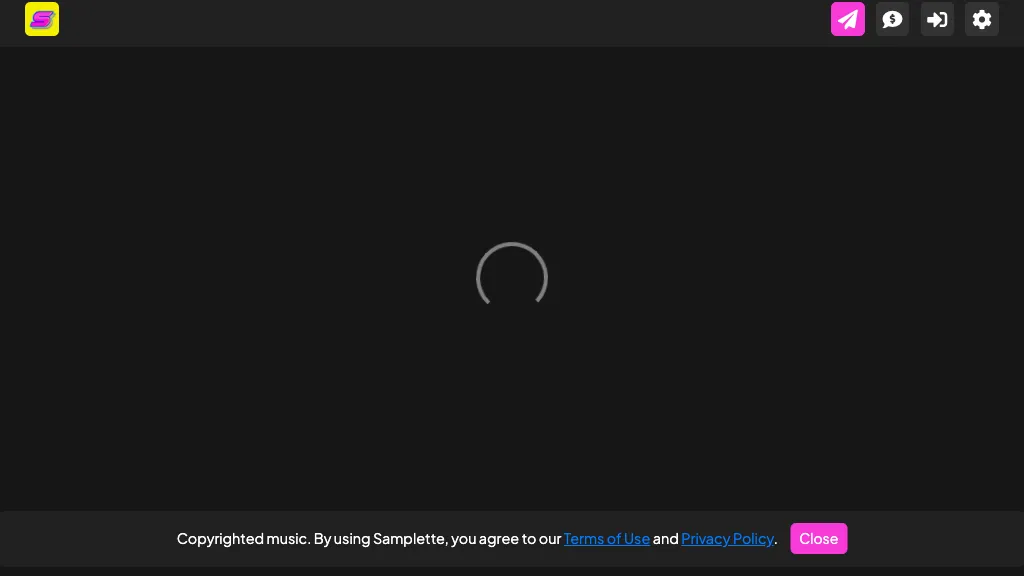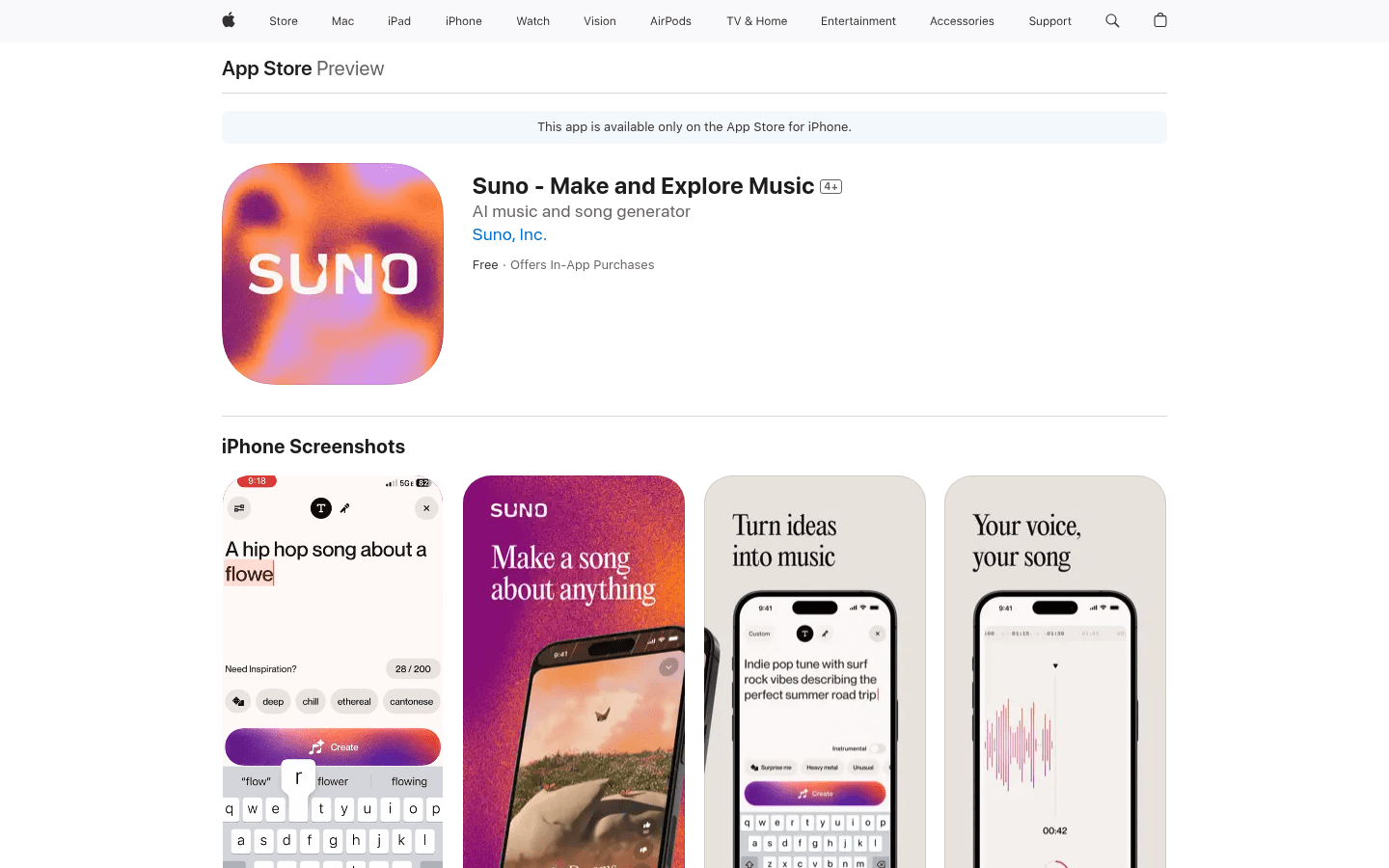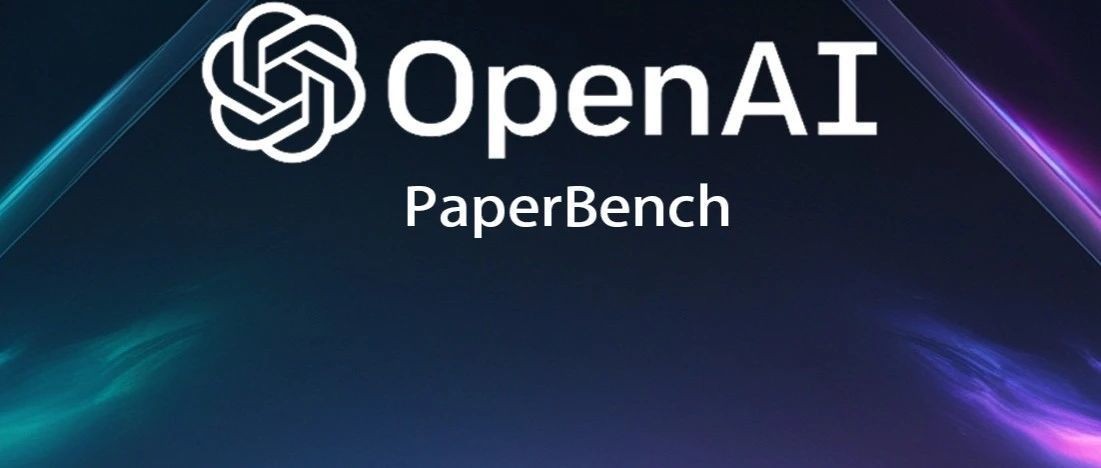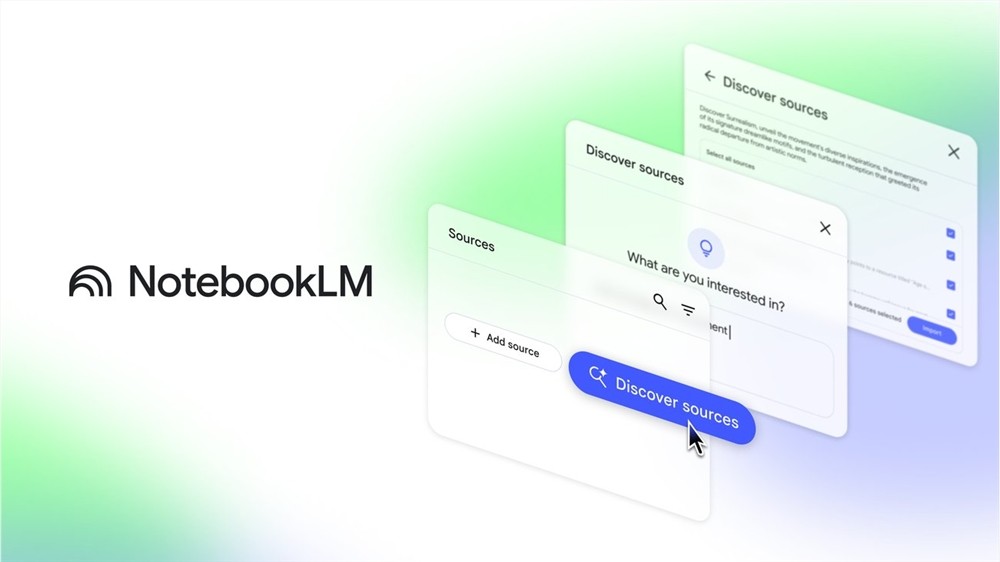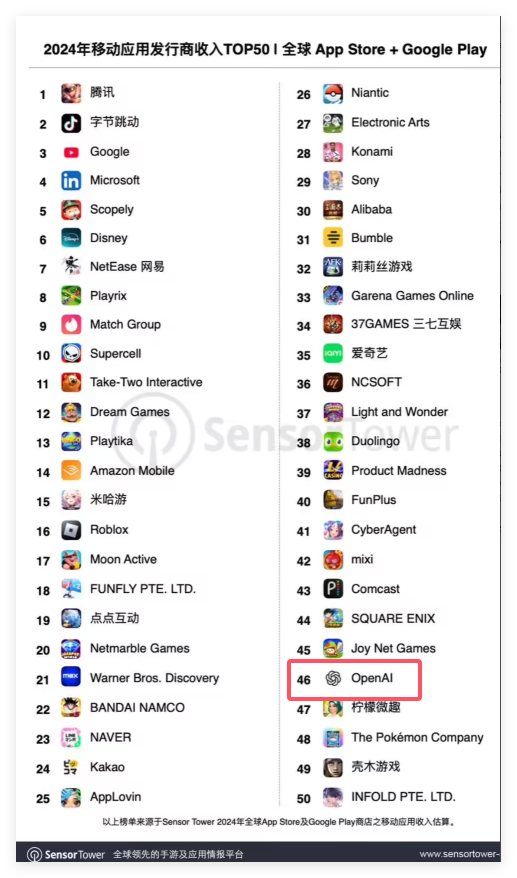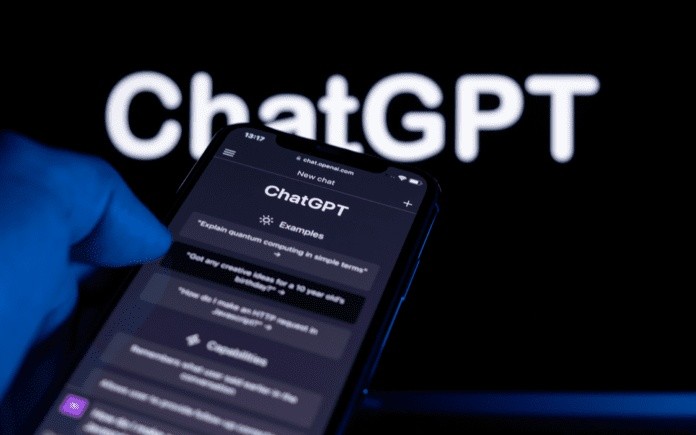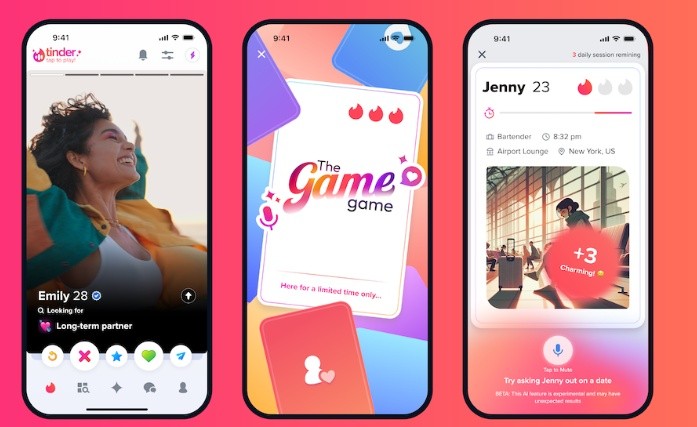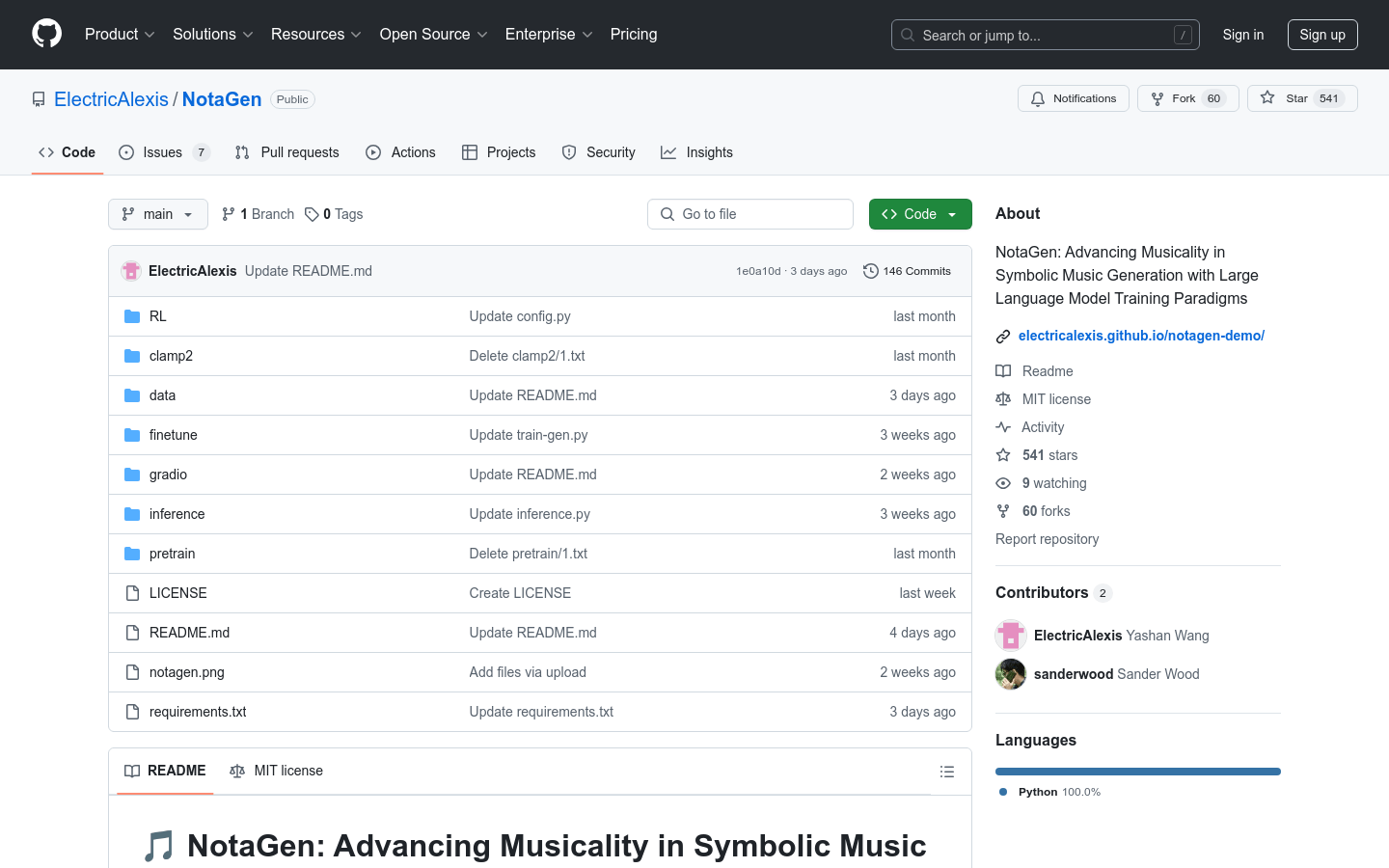
NotaGen is an innovative symbolic music generation model that improves the quality of music generation through three stages: pre-training, fine-tuning and reinforcement learning. It uses large language model technology to generate high-quality classical scores, bringing new possibilities to music creation. The main advantages of this model include efficient generation, diverse styles and high-quality output. It is suitable for music creation, education and research fields, and has a wide range of application prospects.
Demand population:
"This product is suitable for music creators, music educators, music researchers, and developers interested in music generation technology. It can help creators quickly generate high-quality music scores, provide educators with teaching materials, provide researchers with research tools, and also provide developers with a strong technical foundation."
Example of usage scenarios:
Music creators use NotaGen to quickly generate classical-style scores, saving creative time.
Music educators use the music score generated by NotaGen as teaching material to enrich the course content.
Through NotaGen researchers explore the potential and application of symbolic music generation technology.
Product Features:
Supports the pre-training stage and uses large-scale music datasets for basic model training.
Provides fine-tuning capabilities to optimize for specific styles of classical music.
The reinforcement learning method CLaMP-DPO is adopted, and the results can be optimized without manual annotation.
Supports a variety of model sizes, including NotaGen -small, NotaGen -medium, and NotaGen -large.
Provides Gradio demonstrations, and users can enter conditions to generate music through the web interface.
Supports local deployment and online Colab notebook use, making it easy for users to get started quickly.
Provide data preprocessing and postprocessing tools to facilitate users to prepare and use data.
Supports the generation of multiple music styles, and controls the generated content through conditional prompts.
Tutorials for use:
1. Installation environment: Set up the Python environment according to the README guide and install the necessary dependency libraries.
2. Download the pre-trained model weight: Select NotaGen -small, medium or large model according to the requirements.
3. Fine-tuning model: Use your own dataset to fine-tune the model to optimize the generation effect of a specific style.
4. Reinforcement learning optimization: further improve the quality of the generated music score through the CLaMP-DPO method.
5. Use Gradio Demo: Run the local Gradio service or use a Colab notebook to enter the conditions to generate music.
6. Data processing: Use the provided tools to convert ABC symbol files to MusicXML format.
7. Custom generation: By modifying the condition prompts, generate scores of different styles and instrument combinations.

